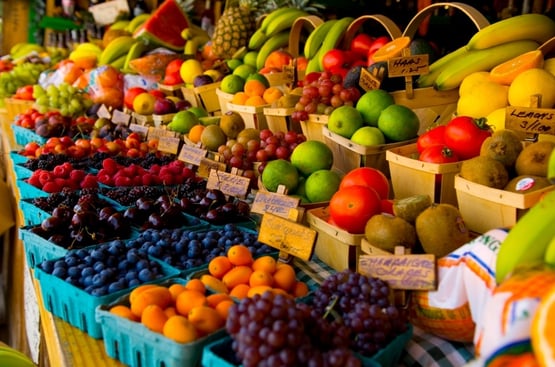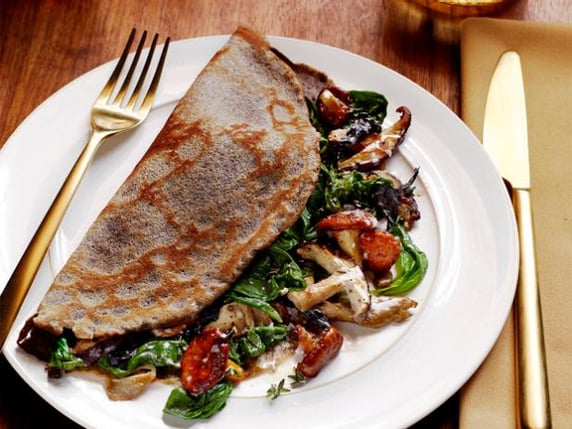
"Food tastes best when you eat it with your own spoon." —Danish proverb
I live on a farm. The smell of earthy potatoes, sweet corn, and harvest-ready wheat perpetually lingers in the air this season. At my parents’ house, they have a massive grapevine that cradles the deck in its leafy hands. Their rhubarb stalks are longer than a child’s baseball bat. They have an overflow of juicy, ripe peaches each year that get bottled up, dried into leather, and smashed into sticky syrups.
But in the past and currently, when the day has been long and dinnertime has arrived and I still haven’t pulled out the pots and pans, it can be so easy for me to gravitate towards a fast food joint rather than using the fresh food around me. The food around me that has been hand-grown, tended to for months, and then just sits there—sometimes going bad.
The struggle of finding a balance between the occasional splurge at fast food drive-thru and utilizing groceries stores and gardens is something that affects a good chunk of the U.S. population. For me, it teeter-totters; some days I’m eating the required servings for veggies and fruits and others I'm dipping salted fries into chocolate shakes at night.
There are actions we can take a stab at to help reduce this issue, however. One of them is to learn how to cook. And for those who say they don’t know what to cook, here’s an analogy.

In 1995, astronomer Bob Williams decided to point the Hubble Telescope at a patch of sky for 100 hundred hours. The catch? That part of the sky was completely black and many scientists told Williams he would find nothing and would waste all that time and equipment in the useless endeavor.
Well, the images were processed, colored, and released, and the results are now world-famed. More than 3,000 galaxies were discovered of all shapes and colors—galaxies that were red, white, blue, yellow, spiral, elliptical, and irregular.
This image is known as the Hubble Deep Field, and that piece of equipment found a thousand somethings within a single nothing.
So the next time you pick up a piece of fruit and say, “there’s nothing to make with this,” perhaps there are a thousand recipes you can create and all you need to do is find the right recipe and ingredients and get chopping.
Once we realize that there are hundreds of recipes we can try our hand at, and the more we incorporate the food that is all around us in gardens and the produce section at grocery stores, then perhaps we can counteract the addiction of fast food meccas and start to eat healthier.

If, however, you are interested in cooking and don’t know where to start, Continuing Education and Workforce Training is offering multiple cooking classes that vary from learning what you can put into a crepe with our Sweet and Savory Crepes course to whipping up spicy foods in our new Himalayan Homestyle Pan Fried Chicken and Puffed Rice Salsa course. Visit cetrain.isu.edu or call (208) 282-3372 for more information.

-1.png)
